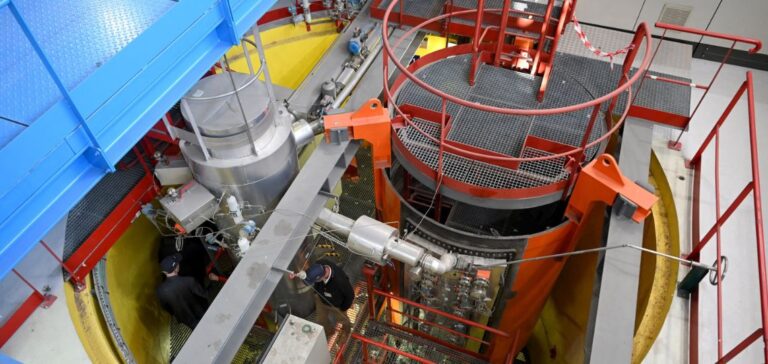The Australian Academy of Technological Sciences and Engineering (ATSE) advises Australia to wait until the 2040s before integrating small modular reactors (SMRs) into its energy mix.
According to the ATSE report, this approach would minimize the risks associated with this emerging technology and benefit from a more mature market.
SMR technology and potential benefits
SMRs offer significant advantages, including the ability to use existing transmission infrastructure and provide reliable baseload power generation.
These reactors can also be effectively integrated into a grid with a high proportion of renewables, providing scalable power. In particular, the Australian opposition supports the development of nuclear power in the country as a solution to CO2 emissions.
However, the report points out that the risks and costs associated with early adoption of SMR are high.
A mature market for this technology is not expected before the mid-to-late 2040s.
ATSE challenges and recommendations
ATSE identifies several major challenges to the early adoption of RMS in Australia, including the necessary legislative reforms, gaining social acceptance, and developing a skilled workforce.
ATSE President Katherine Woodthorpe emphasizes the uncertainty surrounding the commercial viability of RMS and the potential benefits of this still-developing technology.
She calls for a non-partisan analysis to objectively assess the technological readiness and long-term role of nuclear power.
Although Australia is a major uranium producer, it has no nuclear power plants and relies mainly on coal for electricity generation.
The current government, led by Prime Minister Anthony Albanese, supports a transition to renewable energy and is committed to reducing greenhouse gas emissions by 43% from 2005 levels by 2030.
Opposition position and local outlook
On a visit to Muswellbrook, New South Wales, Opposition Leader Peter Dutton stressed the importance of reliable baseload power, citing the ATSE report to support his argument for nuclear power.
Dutton claims that SMR units could be operational in Australia between 2035 and 2037, with Muswellbrook a potential site for a future nuclear power station.
He also notes the local support for nuclear power at Muswellbrook, reflecting an understanding of current energy challenges.
ATSE advocates a technology-neutral approach to the energy transition, evaluating all options on their respective merits.
Above all, the report recommends strategic caution in waiting for a mature SMR market before adopting SMRs in Australia;






















